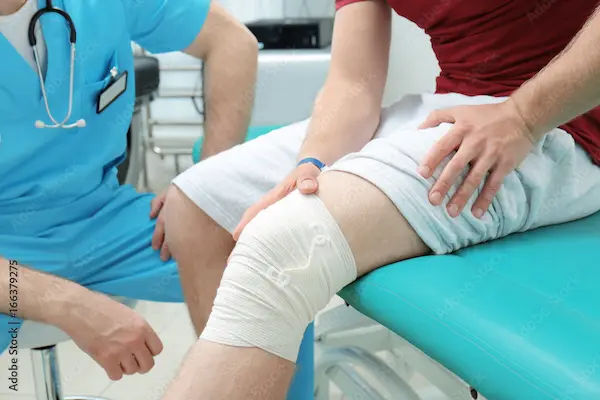Guide to Orthopaedic Problems In Winter
Learn why winter increases joint and muscle pain, how to prevent injuries, and discover expert tips for managing arthritis, back pain, and other orthopaedic issues.

Written by Dr. J T Hema Pratima
Reviewed by Dr. Shaik Abdul Kalam MD (Physician)
Last updated on 25th Sep, 2025
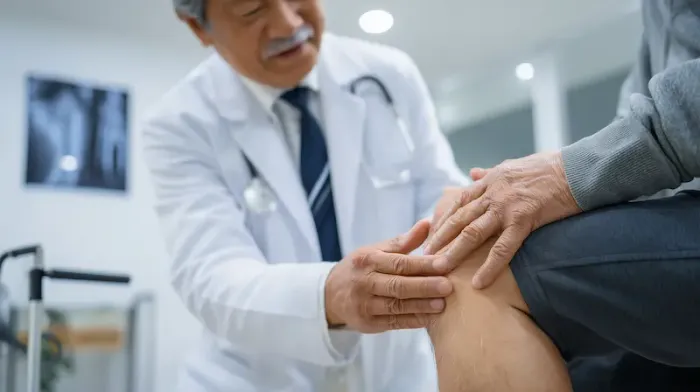
Introduction
As the temperature drops and winter sets in, many of us welcome the cozy sweaters and hot beverages. However, for a significant number of people, the cold weather brings a less welcome guest: increased orthopaedic pain. If you find your joints aching, your back feeling stiffer, or a general sense of discomfort settling in during these months, you're not alone. This seasonal shift can significantly impact musculoskeletal health, exacerbating conditions like arthritis and increasing the risk of injuries from slips and falls. This comprehensive guide delves into the orthopaedic problems in winter, explaining the science behind the pain and offering a practical, proactive plan to help you stay active and comfortable. We will explore the common issues, from arthritis flare-ups to winter-related injuries, and provide evidence-based strategies for prevention and management. Whether you're dealing with a chronic condition or simply want to safeguard your mobility, this article will equip you with the knowledge to navigate the colder months with greater ease and confidence.
Why Winter is Tough on Your Muscles and Joints
The link between cold weather and increased musculoskeletal discomfort is well-documented, though the exact reasons are multifaceted. It's not just "in your head"; there are physiological reasons why the cold affects your body.
The Barometric Pressure Puzzle
One of the leading theories involves barometric pressure—the pressure exerted by the atmosphere. When a cold front moves in, barometric pressure typically drops. Think of your body as a balloon. High atmospheric pressure pushes against the body from the outside, which can prevent tissues from expanding. When the pressure drops, there's less external force, allowing tissues, tendons, muscles, and bones to expand slightly. This expansion can put pressure on nerves, especially in already-sensitive joints affected by arthritis or old injuries, leading to increased pain. A study published in the American Journal of Medicine found a significant correlation between falling barometric pressure and worsening arthritis pain.
Cold-Induced Stiffness and Reduced Blood Flow
Cold temperatures cause blood vessels to constrict (vasoconstriction) to preserve core body heat. This reduced blood flow to the extremities—like your hands, knees, and feet—means less warm, oxygen-rich blood reaches the muscles and joints. This can lead to increased stiffness, reduced flexibility, and a feeling of tightness. The synovial fluid that lubricates your joints also becomes thicker in the cold, similar to how honey thickens in the fridge, leading to less smooth joint movement and more friction. This is a key reason why joints feel stiff in the morning during winter, and it takes longer to "warm up."
The Sedentary Season: How Less Activity Hurts
Winter often encourages a more sedentary lifestyle. Icy paths and chilly air can discourage outdoor walks, jogging, or other forms of exercise. This lack of activity is a major contributor to orthopaedic problems in winter. Muscles that support joints weaken with inactivity, placing more stress on the joints themselves. Furthermore, movement is essential for pumping synovial fluid around the joints, keeping them lubricated. Less movement means stiffer, more painful joints.
Consult an Orthopaedist for the best advice
Common Winter Orthopaedic Issues and How to Identify Them
Understanding the specific conditions that flare up in winter can help you identify and address them early.
Arthritis Flare-Ups (Osteoarthritis & Rheumatoid Arthritis)
For the over 180 million people in India affected by arthritis, winter can be particularly challenging. During winter, people with arthritis may experience specific challenges depending on the type of arthritis they have:
• Osteoarthritis (OA): The "wear-and-tear" arthritis. The combination of barometric pressure changes and thickened synovial fluid can cause significant pain and stiffness in weight-bearing joints like the knees and hips.
• Rheumatoid Arthritis (RA): An autoimmune condition. While the cold doesn't cause RA flares directly, the overall physical stress cold places on the body can trigger inflammatory responses, leading to increased joint swelling, pain, and fatigue. Managing rheumatoid arthritis in winter requires extra vigilance with medication, warmth, and gentle exercise.
Increased Back and Neck Pain
Cold weather can cause the muscles of the back and neck to tense up and contract as a reflex to conserve heat. This muscle tension can lead to spasms and pain. Additionally, people tend to hunch their shoulders and alter their posture in the cold, straining the spine. Shoveling snow is a classic winter activity that leads to a surge in cases of acute lower back pain due to improper lifting techniques and cold, stiff muscles.
Fractures and Soft Tissue Injuries from Slips and Falls
Icy and wet surfaces are a major hazard. A simple slip can result in serious injuries like:
• Wrist Fractures: The instinct to break a fall with an outstretched hand often leads to fractures of the wrist (distal radius fracture).
• Hip Fractures: Particularly dangerous for older adults with decreased bone density (osteoporosis).
• Ankle Sprains and Fractures: Twisting an ankle on an uneven, icy surface can damage ligaments and bones.
These incidents underscore the critical importance of preventing slips on ice to avoid traumatic orthopaedic problems.
Your Action Plan: Preventing Orthopaedic Problems in Cold Weather
A proactive approach is your best defense against winter-related pain and injuries.
Dressing for Success: The Importance of Staying Warm
This is your first line of defense. Layering is key. Here’s how to layer effectively to stay warm and protected:
• Base Layers: Wear thermal or moisture-wicking clothing close to your skin to stay dry and warm.
• Insulating Layers: Add a fleece or wool sweater for insulation.
• Protective Outer Layer: A waterproof and windproof jacket is essential.
• Don't Forget Extremities: Wear gloves, thick socks, and a hat, as significant body heat is lost through the head and hands.
Smart Exercise Modifications for Winter
Staying active is non-negotiable for joint health. Here are some tips to stay active during winter:
• Warm-Up Indoors: Before heading out, spend 5-10 minutes doing light cardio (marching in place, jumping jacks) and dynamic stretches to increase blood flow to your muscles.
• Take it Indoors: Consider switching to indoor activities like swimming (in a heated pool), yoga, Pilates, or using a treadmill/stationary bike.
• Listen to Your Body: If you have arthritis, low-impact exercises for cold weather are best. Focus on range-of-motion and strengthening exercises that don't put excessive stress on your joints.
Winter-Proofing Your Home and Walkways
Prevention is better than cure. Ensure your home environment is safe. Here are simple ways to make your home and walkways safer during winter:
• Use Salt or Sand: Spread ice melt on your driveway, steps, and walkways.
• Wear Proper Footwear: Choose shoes with non-slip, rubber soles with good tread.
• Keep Pathways Well-Lit: Ensure you can see any potential icy patches, especially in the early morning and evening.
Soothing the Ache: Managing Pain at Home
If you do experience pain, these home strategies can provide relief.
Heat Therapy: Your Best Friend in Winter
Applying heat is highly effective for relieving muscle and joint stiffness.
Methods: Use a heating pad, a warm bath, or a hot water bottle on the affected area for 15-20 minutes at a time.
How it Helps: Heat improves blood circulation, relaxes tense muscles, and can reduce pain perception. A warm shower first thing in the morning can significantly ease winter stiffness.
Gentle Movement and Stretching Routines
Contrary to instinct, resting a stiff joint often makes it worse. Gentle movement is crucial. Here are some gentle exercises and stretches to keep your joints flexible and strong:
• Simple Routines: Incorporate gentle stretches for your neck, back, shoulders, knees, and ankles. Focus on smooth, controlled movements without bouncing.
• Tai Chi or Yoga: These disciplines are excellent for improving flexibility, balance, and strength, which are all vital for preventing winter injuries and managing pain.
When to Seek Professional Help: Don't Ignore These Signs
While home care is effective for minor aches, certain symptoms warrant professional medical attention. You should consult an orthopaedic specialist if you experience:
• Severe, unrelenting pain that doesn't improve with rest and over-the-counter pain medication.
• Joint swelling, redness, or warmth that is new or significantly worse.
• An injury that causes deformity, an inability to bear weight, or a "popping" sound at the time of impact.
• Numbness, tingling, or weakness radiating down an arm or leg.
• Pain that persists for more than a few days despite self-care.
If your condition does not improve after trying these methods, book a physical visit to a doctor with Apollo24|7 for a thorough evaluation. Persistent joint pain could indicate an underlying issue that requires diagnosis and a tailored treatment plan, which may include physiotherapy or other interventions.
Conclusion
Navigating the winter months with healthy muscles and joints is entirely possible with a little knowledge and preparation. By understanding the orthopaedic problems in winter and their causes, you can take proactive steps to minimise discomfort and stay active. Remember, the core principles are simple: stay warm, stay moving, and stay safe. Listen to your body's signals and don't dismiss persistent pain as just a seasonal nuisance. Your musculoskeletal health is a year-round commitment. By adopting the strategies outlined in this guide, you can embrace the winter season with confidence and comfort. If you have any underlying conditions or experience significant pain, remember that timely consultation with a healthcare professional is the best course of action. Apollo24|7 offers convenient online consultations if you need expert advice from the comfort of your home.
Consult an Orthopaedist for the best advice
Consult an Orthopaedist for the best advice

Dr. Anil Pradeep Jadhav
Orthopaedician
23 Years • MBBS MS (Ortho)
Nashik
Apollo Hospitals Nashik, Nashik
(25+ Patients)
Dr. Anil Sharma
Orthopaedician
42 Years • MBBS, MS Orthopedics
New Delhi
AAKASH MEDSQUARE, New Delhi
Dr. Vamsi Krishna Reddy
Orthopaedician
6 Years • MBBS, M.S.Orthopaedics
Guntur
Sri Krishna Orthopedic And Dental Hospital, Guntur

Dr. Manoj Dinkar
Orthopaedician
15 Years • MBBS, Dip (Orthopaedics)
New Delhi
THE DOCTORS NESST, New Delhi

Dr. Mriganka Ghosh
Orthopaedician
11 Years • MD (Physician), DNB (Orthopaedics)
Howrah
Dr Mriganka Mouli Ghosh, Howrah
Consult an Orthopaedist for the best advice

Dr. Anil Pradeep Jadhav
Orthopaedician
23 Years • MBBS MS (Ortho)
Nashik
Apollo Hospitals Nashik, Nashik
(25+ Patients)
Dr. Anil Sharma
Orthopaedician
42 Years • MBBS, MS Orthopedics
New Delhi
AAKASH MEDSQUARE, New Delhi
Dr. Vamsi Krishna Reddy
Orthopaedician
6 Years • MBBS, M.S.Orthopaedics
Guntur
Sri Krishna Orthopedic And Dental Hospital, Guntur

Dr. Manoj Dinkar
Orthopaedician
15 Years • MBBS, Dip (Orthopaedics)
New Delhi
THE DOCTORS NESST, New Delhi

Dr. Mriganka Ghosh
Orthopaedician
11 Years • MD (Physician), DNB (Orthopaedics)
Howrah
Dr Mriganka Mouli Ghosh, Howrah
More articles from Preventive Treatment
Frequently Asked Questions
1. Why does my old injury ache when it gets cold?
Old injuries, such as healed fractures or previously sprained ligaments, can leave behind sensitive scar tissue and nerves. Changes in barometric pressure and the cold-induced reduction in blood flow can affect these sensitive areas, causing them to act as a 'weather barometer' and ache before or during cold weather.
2. Are there specific vitamins or supplements that can help with winter joint pain?
Vitamin D is crucial, as sunlight exposure (a primary source) decreases in winter. A deficiency can lead to bone and muscle pain. Omega-3 fatty acids (found in fish oil) have anti-inflammatory properties. It's best to consult a doctor before starting any new supplement. Apollo24|7 offers a convenient home collection for tests like vitamin D to check your levels.
3. Is cracking my joints in the winter bad for them?
Occasional cracking or popping (crepitus) that isn't painful is usually harmless and may be due to gas bubbles in the synovial fluid popping. However, if cracking is accompanied by pain, swelling, or a feeling of instability, it could indicate an underlying problem and should be evaluated by a doctor.
4. What is the best type of shoe to prevent winter slips?
Look for waterproof boots with thick, non-slip rubber soles that have a deep tread pattern (like those found on hiking boots). Avoid shoes with smooth, worn-out soles. Some brands even make shoes with built-in ice grips for maximum safety.
5. Can a diet change help reduce inflammation and joint pain in winter?
Yes, an anti-inflammatory diet can be beneficial. Focus on incorporating more fruits, vegetables, whole grains, fatty fish (like salmon), nuts, and seeds. Try to reduce processed foods, sugary drinks, and excessive red meat, which can promote inflammation.
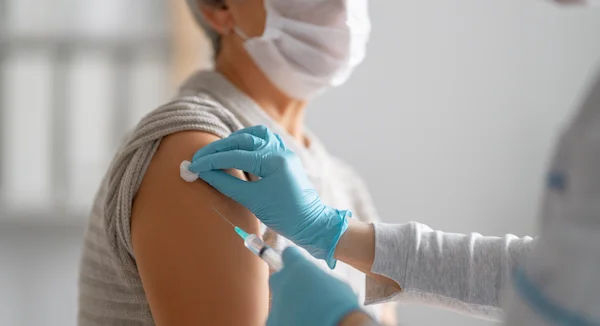
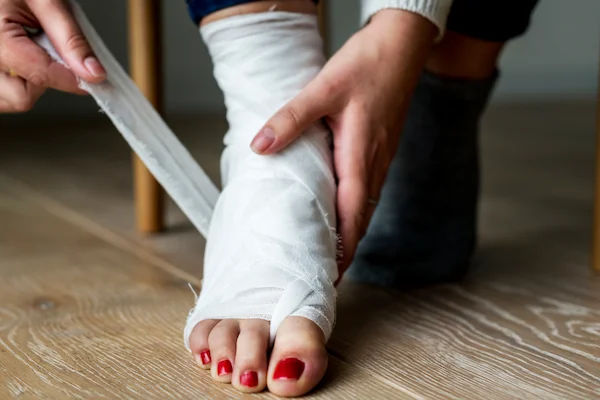
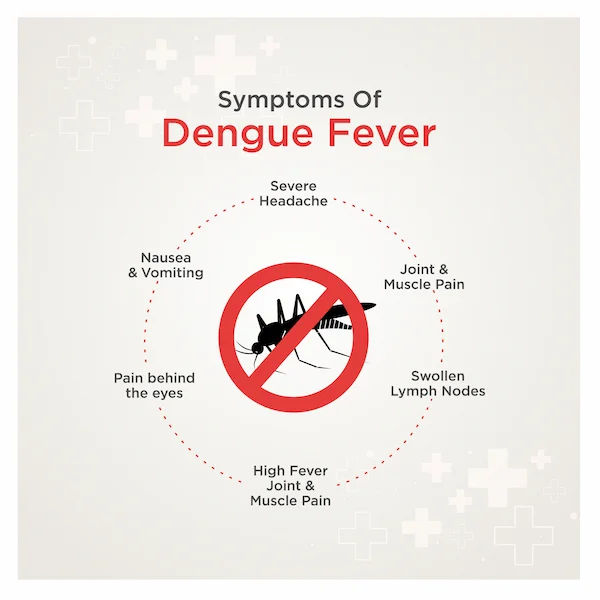
.webp)
